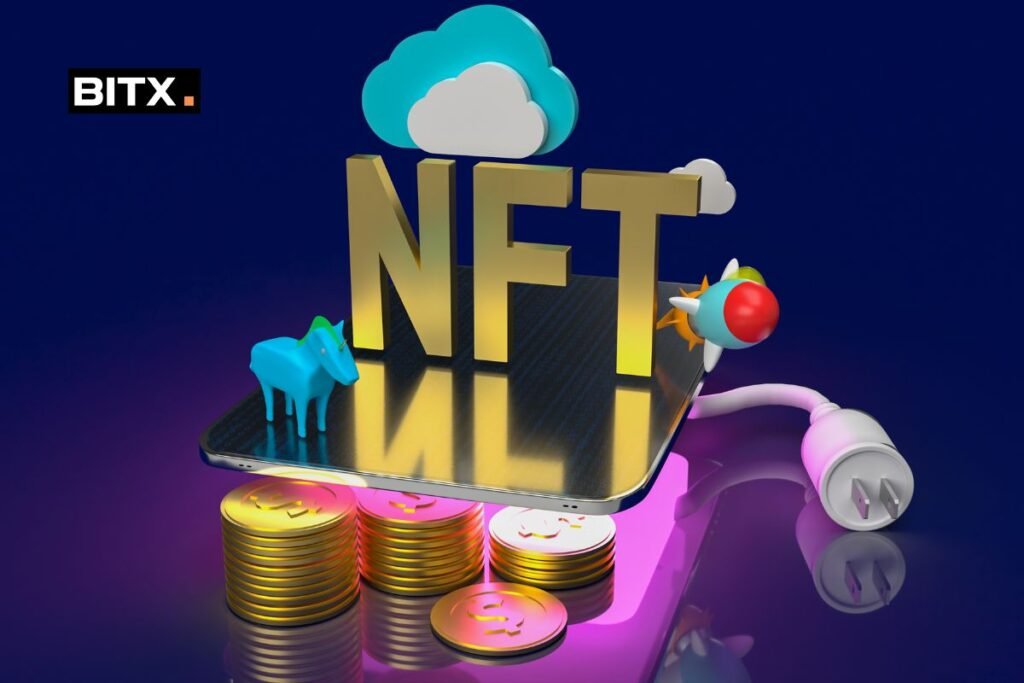Introduction
Welcome to your comprehensive guide on understanding Non-Fungible Tokens (NFTs)! In the ever-evolving world of cryptocurrencies, NFTs stand out as unique digital assets, differing significantly from their fungible counterparts, such as Bitcoin or Ethereum.
What are Non-Fungible Tokens (NFTs)?
Non-Fungible Tokens are one-of-a-kind units of data stored on a blockchain with unique attributes. Unlike fungible tokens like cryptocurrencies, where every unit is identical (e.g., one Bitcoin is equal to another Bitcoin), NFTs represent assets that are indivisible and verifiably unique, attributes that make them suitable for representing ownership of distinct items.
The Structure of NFTs
NFTs are built using the same smart contract technology as other blockchain assets but have augmented metadata, such as images, videos, or audio, that uniquely identify the token. This metadata, attached to a standard fungible token like ERC-721 on the Ethereum blockchain, gives each NFT its unique identity, making it impossible to replace or exchange them with similar assets.
Use Cases of NFTs
NFTs have gained popularity in various sectors, including art, collectibles, music, video games, and Real Estate, among others. They enable creators to prove ownership, authenticity, and even royalties for their works, easily verifiable and transferable on the blockchain. For example, digital art, music, and video game items all have distinct value and are thus better represented as NFTs.
How to Create an NFT
Creating an NFT involves several steps, the primary ones being:
-
Designing the asset: This could be a digital artwork, music, collectible, or another unique item.
-
Minting the NFT: This is the process of converting the asset into a digital token. Platforms like OpenSea, Rarible, or Mintable can help facilitate this process.
- Listing the NFT: Once minted, the NFT can be listed on marketplaces, ready for potential buyers to bid and purchase.
Why are NFTs Important?
NFTs provide a new avenue for creators to monetize their work, secure ownership, and ensure authenticity. Moreover, by representing ownership on the blockchain, NFTs minimize fraud risks and offer a transparent method for certificate issuance.
Conclusion
Whether you’re an artist, collector, or simply intrigued by the evolving landscape of digital assets, understanding Non-Fungible Tokens (NFTs) is essential. Their unique attributes and expanding use cases in various industries make NFTs a fascinating and promising technology. As the world continues to digitize, look forward to further developments in this space. Stay curious and explore the limitless potential of NFTs!
